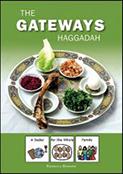- Home
- Play & Learn Home
- Online Enrichment
- Experience Modern Israel
- Israel It's Complicated
- Jewish and Me
- Jewish Holidays Jewish Values
- Jewish Values in Genesis and Jewish Values in Exodus
- Min Ha’aretz
- Our Place in the Universe
- Simply Seder
- The Prophets: Speaking Out for Justice
- Making T'filah Meaningful
- Make, Create, Celebrate
- Yom Haatzmaut Resources
- Hebrew Apps
- About The OLC
- What is the OLC?
- Introduction
- Get Started
- Resources
- OLC Content
- Parent Materials
- See My OLC Classes
- Store
A New View on the Four Children
Written by Behrman House Staff, 05 of April, 2016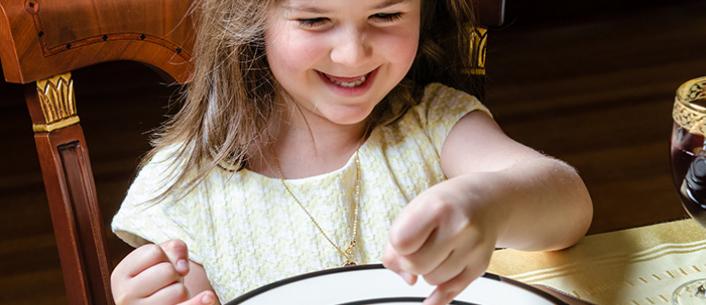
The Gateways Haggadah welcomes families with children of all abilities to a Passover celebration that is accessible for the whole family. Step-by-step directions for every element of the seder are clearly illustrated with more than 70 vibrant photographs, and transliteration is conveyed by 150 picture communication symbols developed in conjunction with Mayer-Johnson™. Gateways Haggadah author Rebecca Redner shares one way to rethink a traditional element of the seder.
When I ask people about their favorite element of the Gateways Haggadah: it is not the clear directions, the inclusive photographs, or even the Mayer Johnson picture communication symbols. Rather, it is the section about the Four Children, inspired by one extraordinary student and an unexpected request for help from her family.
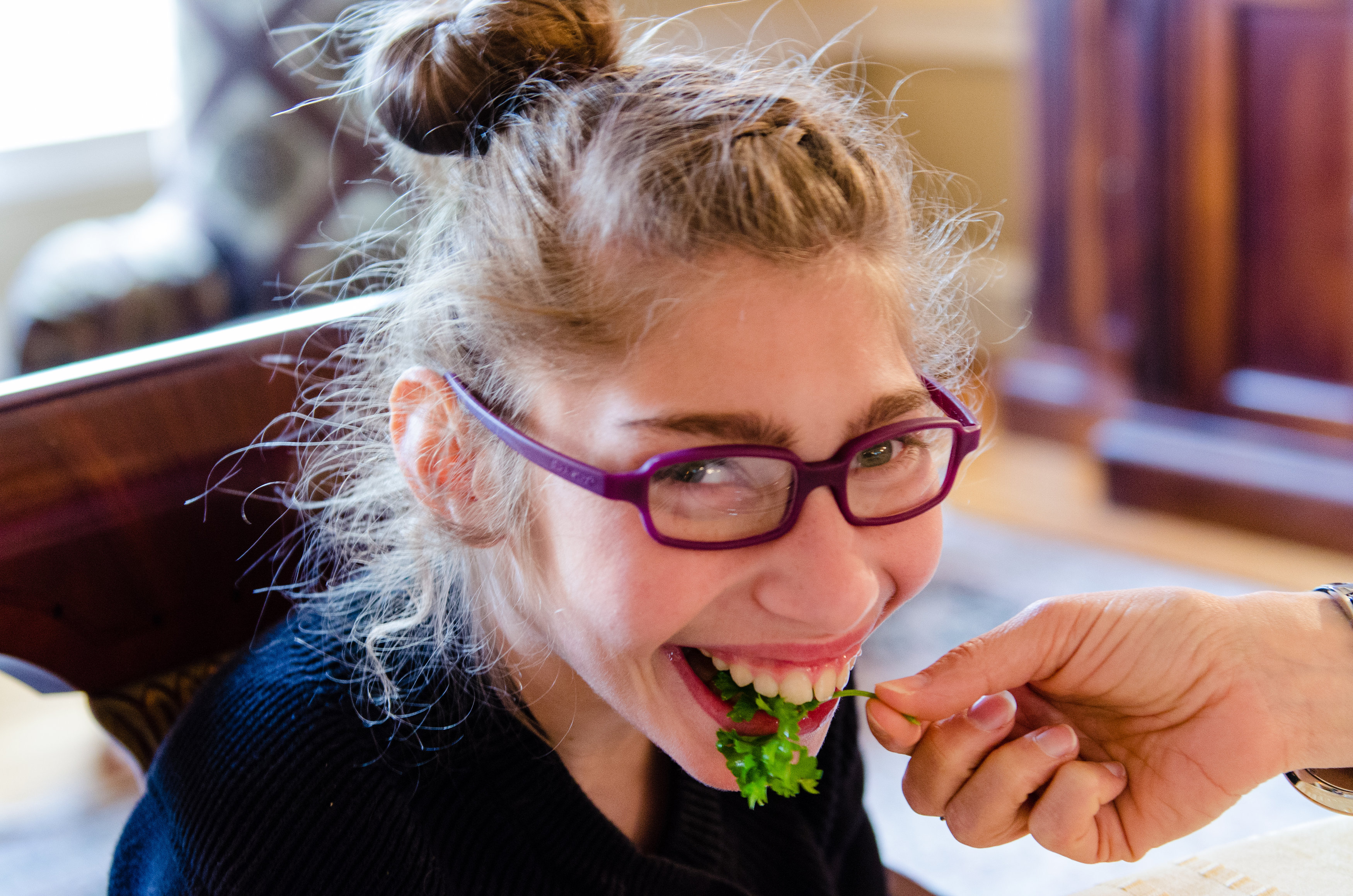 Rachel was, by turns, enthusiastic, grumpy, silly, listless, sunny, and full of pre-teen attitude. As the result of a childhood stroke, Rachel used a bright pink wheelchair to get around, and she communicated through hand gestures, vocalizations, facial expressions, and a communication device called a Dynavox (also pink). Rachel’s love of Judaism was unmistakable. She screeched with joy whenever she saw our miniature classroom Torah. During a lesson on tzedakah, Rachel shook a tzedakah box with such enthusiasm that the top popped off and coins scattered to all corners of the classroom. And when it was time for Rachel to lead prayers during our classroom service, her face puckered in concentration as she tapped the buttons on her Dynavox. In spring of 2012, Rachel’s years of Jewish education culminated in the celebration of her bat mitzvah. With her grandfather’s tallit around her shoulders and her own silk tallit draped over the back of her wheelchair, Rachel carried a small Torah and led the congregation in the prayers using her Dynavox. The lingering glow from this event, however, was shattered a few months later when Rachel passed away, at the age of thirteen.
Rachel was, by turns, enthusiastic, grumpy, silly, listless, sunny, and full of pre-teen attitude. As the result of a childhood stroke, Rachel used a bright pink wheelchair to get around, and she communicated through hand gestures, vocalizations, facial expressions, and a communication device called a Dynavox (also pink). Rachel’s love of Judaism was unmistakable. She screeched with joy whenever she saw our miniature classroom Torah. During a lesson on tzedakah, Rachel shook a tzedakah box with such enthusiasm that the top popped off and coins scattered to all corners of the classroom. And when it was time for Rachel to lead prayers during our classroom service, her face puckered in concentration as she tapped the buttons on her Dynavox. In spring of 2012, Rachel’s years of Jewish education culminated in the celebration of her bat mitzvah. With her grandfather’s tallit around her shoulders and her own silk tallit draped over the back of her wheelchair, Rachel carried a small Torah and led the congregation in the prayers using her Dynavox. The lingering glow from this event, however, was shattered a few months later when Rachel passed away, at the age of thirteen.
In spring of 2013, less than a year after her death, Rachel’s family contacted Gateways. They told us that they had always hated the Four Sons in the Haggadah. For this first Passover without their daughter they wanted to do something about it, and they wanted our help. As I looked over the section about the Four Sons, I realized how painful it could be for a parent to read. I imagine the parent of a child who acts out in public may wince reading about the wicked son, thinking that’s how their child appears in the eyes of strangers. Or the parent of a child who is still struggling to read as a teenager may ache inside as she reads the passage about the simple son.
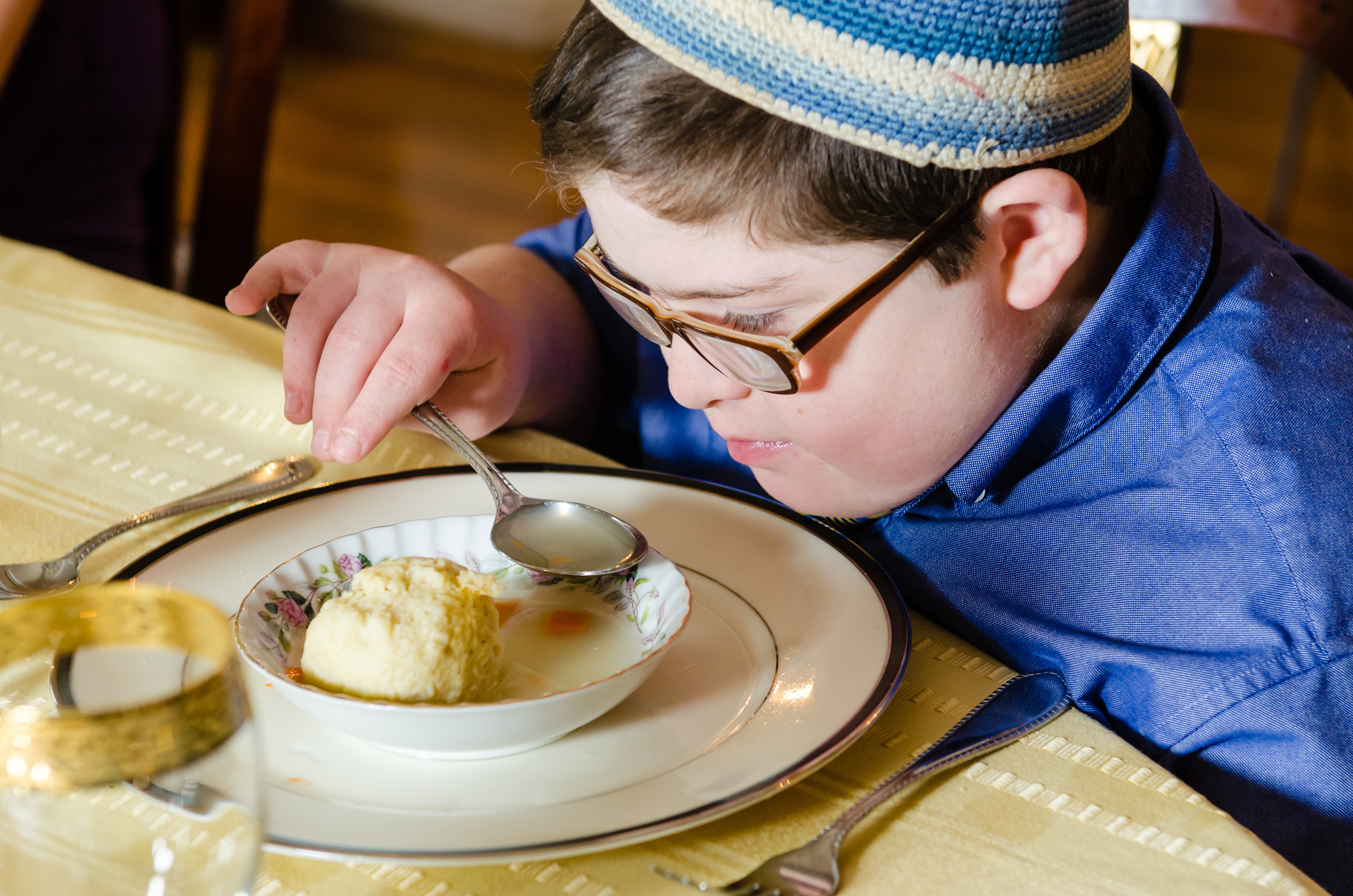
As a special educator I have learned not to see children so simply. I have been taught not to judge children by their behavior, but to figure out what they’re trying to communicate through that behavior. A child who throws her art supplies on the floor, as Rachel did from time to time, isn’t wicked. Maybe she’s tired or hungry but can’t articulate how she’s feeling. Perhaps she doesn’t like art, but doesn’t know how to appropriately ask for a break instead.
In crafting a new Four Children for The Gateways Haggadah, I thought about how a child might act that would cause a person to judge them as being wise, wicked, or simple. Perhaps the child seen as ‘wicked’ throws a tantrum, or the child seen as ‘simple’ keeps asking questions. Then I tried to figure out the reason why a child would act in that way. Perhaps the child throwing a tantrum is upset about an unexpected change to her schedule. Perhaps the child who can’t ask a question feels overwhelmed by all of the activity around him and doesn’t even know where to start.
Descriptions of the children of ‘wise’ or ‘wicked’ imply that these are inborn, unchangeable characteristics. Instead I chose to describe the Four Children by their feelings about having a seder and how they express those feelings. Instead of being wise, wicked, simple, and unable to ask a question, my Four Children are excited, upset, curious, and overwhelmed. These feelings are named without any judgement of the child’s behavior or personality. And feelings, unlike seemingly static personality characteristics, can be talked about, managed, and changed.
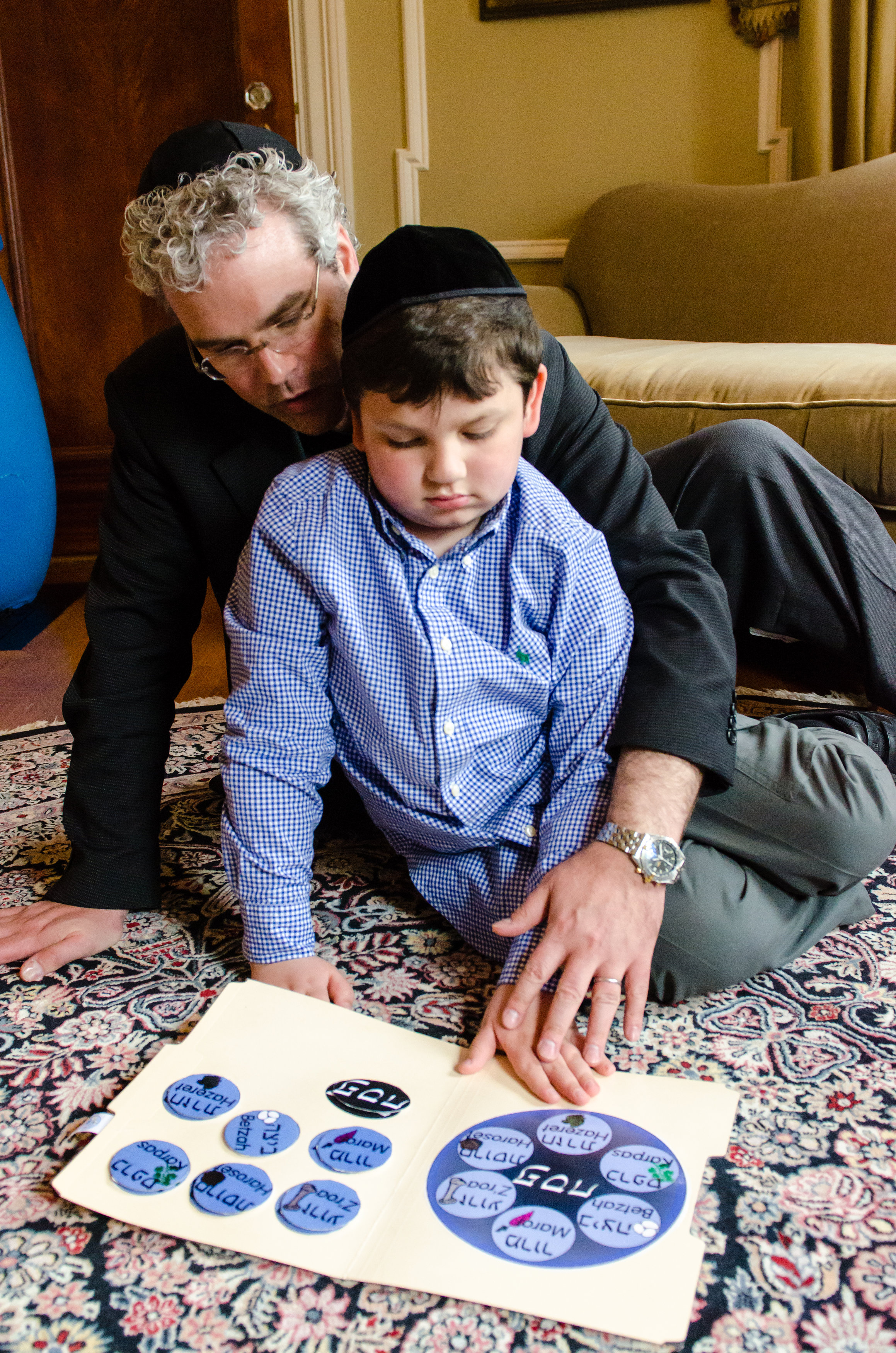 Originally, I wrote The Gateways Haggadah only for my students. The call from Rachel’s family helped me realize, however, that my students didn’t read their haggadot in a vacuum, but instead at the seder table with their families. The Gateways Haggadah, therefore, needed to address both children and their families. And what their families craved was a Four Children that was presented without judgement. A Four Children that understood that children have feelings that need to be respected, and that a child’s behavior is a way of communicating the way he or she feels.
Originally, I wrote The Gateways Haggadah only for my students. The call from Rachel’s family helped me realize, however, that my students didn’t read their haggadot in a vacuum, but instead at the seder table with their families. The Gateways Haggadah, therefore, needed to address both children and their families. And what their families craved was a Four Children that was presented without judgement. A Four Children that understood that children have feelings that need to be respected, and that a child’s behavior is a way of communicating the way he or she feels.
From the outside, it can be easy to judge a child like Rachel by the way she looks or how she acts. But if you take a closer look, with kindness and understanding, you will be able to see a child with opinions, feelings, and emotional needs. A person who saw that Rachel was unable to speak might have concluded that she had nothing to say. But if you looked a little closer, you would see that Rachel had many things she wanted to communicate, and that she had a lot to teach us.
The Gateways Haggadah is available on Amazon or Barnes & Noble.

